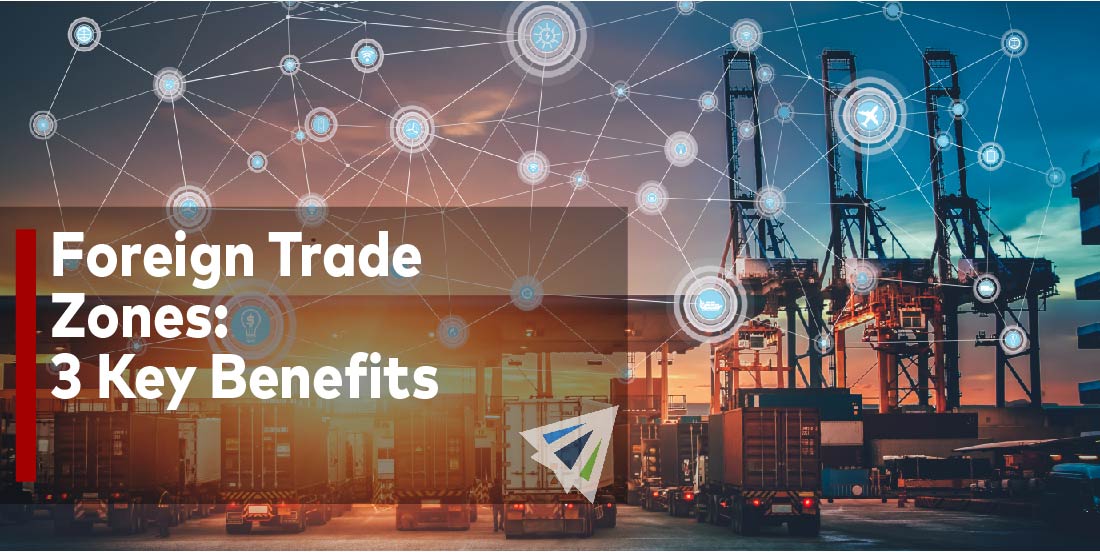International trade and logistics costs are sometimes difficult to manage. It often feels as though there’s a thousand ways to perform the same task, and finding the best way can be difficult. For U.S. manufacturers, dealing with the increased tariff rates and types of duties can get confusing, frustrating, and downright expensive. Luckily, in hopes of giving U.S. manufacturers a better chance at competing with foreign manufacturers, Congress enacted in the Foreign Trade Zone Act in 1934. Here’s a little bit about it:
What is a Foreign Trade Zone?
A foreign Trade Zone (FTZ) is a zone that is “in or adjacent” to a U.S. Port of Entry, but is still technically outside of Customs and Border Protection territory. In other words, the rules and regulations of U.S. Customs don’t apply to a facility that is labeled as a Foreign Trade Zone.
So, maybe that makes some academic sense, but what are the actual benefits of using a foreign trade zone when importing goods to the United States?
1) Duty Payments & HTS Codes
HTS Codes are used to classify internationally traded goods. There is a unique HTS code assigned to every individual product that may enter the United States, however, the code is applied to the product in the state/configuration it arrives. In other words, aluminum bars have a different HTS code than an aluminum chair or desk. Once materials are modified to constitute a new product, the HTS code changes.
So how does this relate to Foreign Trade Zones? Well, goods may be imported to a Foreign Trade Zone without the need to pay duties (since it is outside of the territory of Customs and Border Protection). If the goods are used in manufacturing in this zone to produce a new product, that final product may be shipped through Customs with a different tariff applied; one that may be significantly lower than tariffs applied to all raw materials.
2) Duty Drawback
Duty Drawback allows U.S. importers to be refunded their duty payments on the condition that the goods are re-exported in a timely manner. It is used to give tariff breaks to shippers importing a product for demonstration, exhibits, trade shows, or other temporary means.
With products imported to Foreign Trade Zones, duty drawbacks are unnecessary since the product was never charged a tariff in the first place. That means significantly less work later, since the duty drawback documentation process can be rather lengthy and confusing.
3) Merchandise Processing Fee
A merchandise processing fee, or MPF, is a fee assigned to all imports that enter Customs. It is generally charged as 0.34% of the value of the cargo per the commercial invoice. There have a minimum charge of around $25, and a maximum charge of around $500. Generally speaking, merchandising processing fees are charged on a per-shipment basis.
With Foreign Trade Zones, merchandising processing fees are charged only once at $485 for all shipments collectively that enter the Foreign Trade Zone within the zone week. Depending on how many shipments you are bringing in, that can prove to be incredibly cost effective.
Conclusion
Foreign Trade Zones are a fantastic introduction to the U.S. import and Customs process. They level the playing field between U.S. and foreign manufacturers by allowing raw goods to be imported, manufactured at a FTZ, and then entered through Customs with a final product HTS code rather than charging all raw materials per their individual HTS codes. FTZ’s make duty drawback scenarios incredibly straightforward, and can help importers to drastically lower their merchandise processing fees for all imports entering the U.S.
Our experienced team at Interlog USA can help answer any questions you might have! Leave us a message and we would be happy to help!
